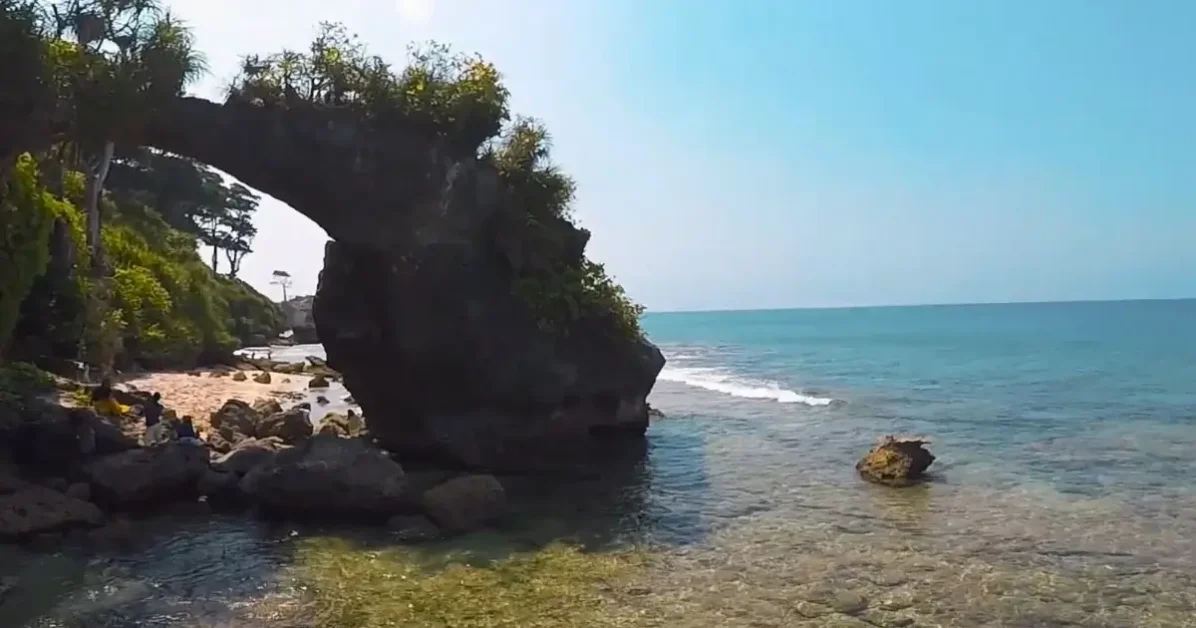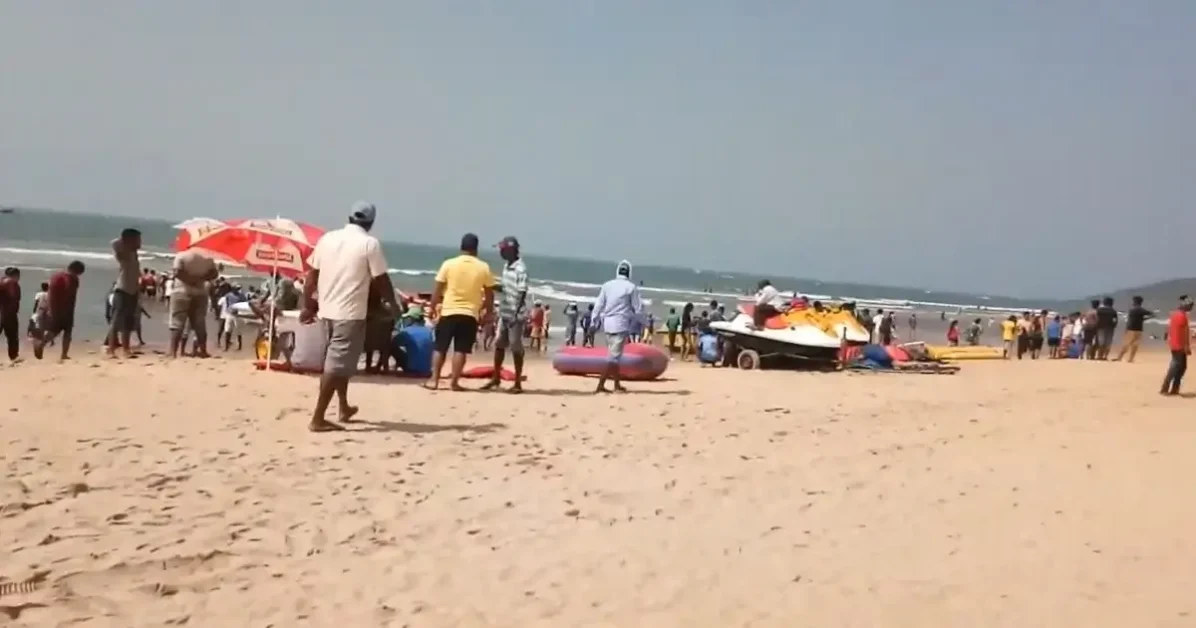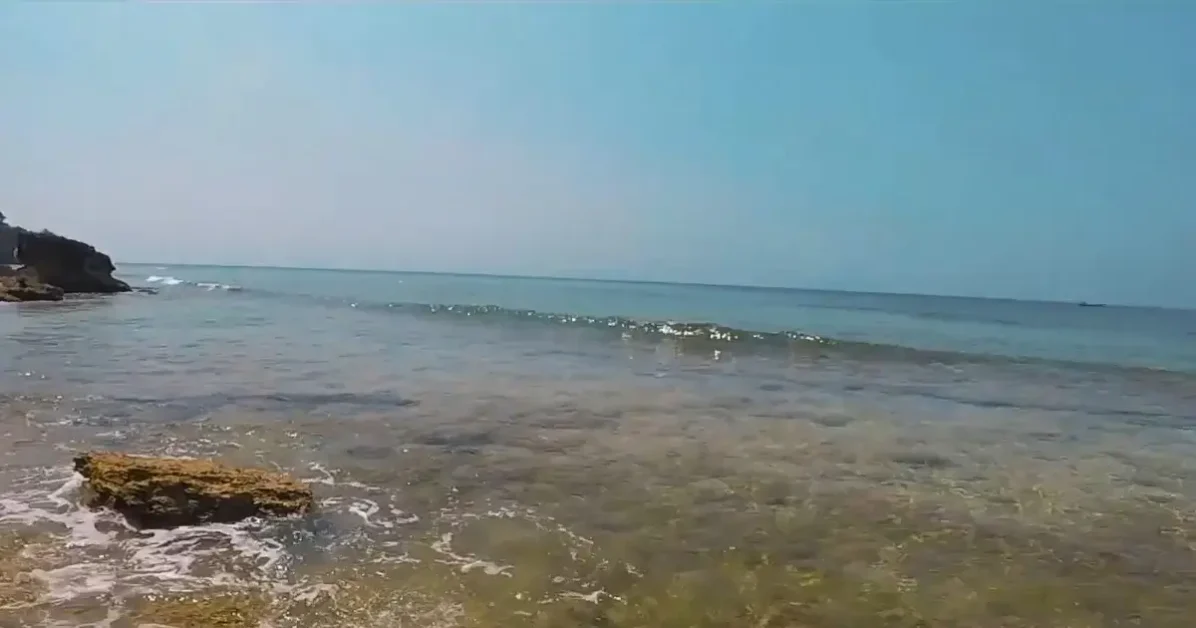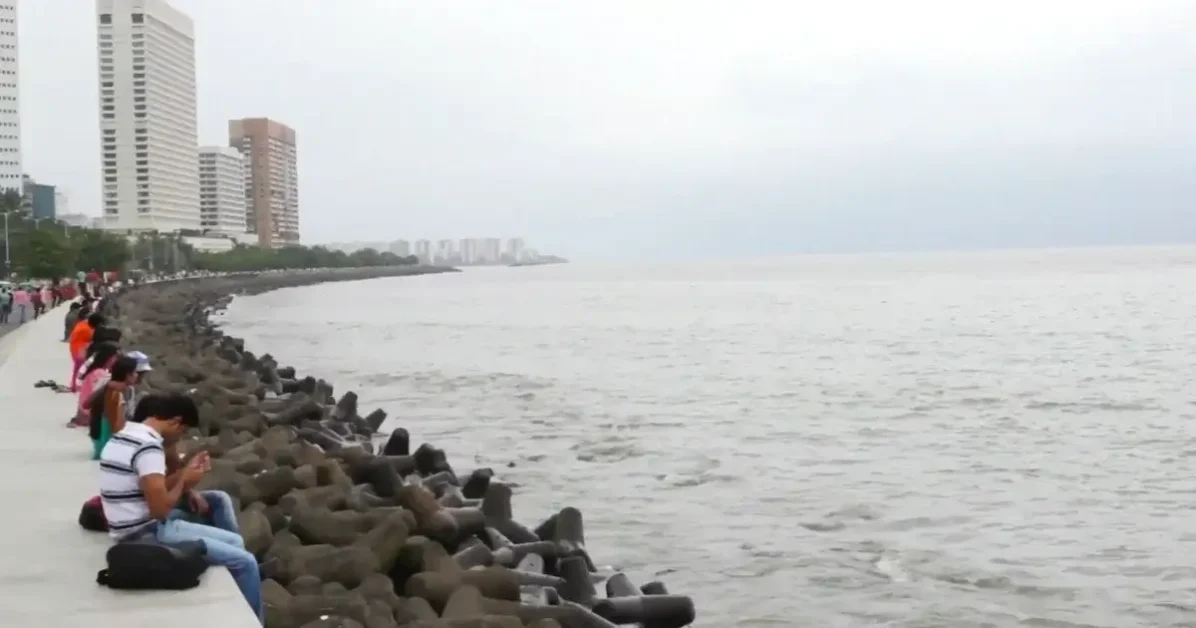India boasts over 7,500 kilometers of coastline and diverse beaches.
You might wonder, “Are they rocks or sandy soil soil soil?” The answer is both. You’ll find soft, golden sands and rugged, rocks shores.This guide will help you explore India’s beach terrains.
It aims to find your ideal seaside spot.If you want to relax, enjoy sports, or see nature, know what to expect. It ensures a perfect getaway
What Types of Beaches Does India Have?

India’s beaches exhibit a wide range. Some have soft, golden sands ideal for sunbathing and building sandcastles.
Others boast rugged, rocks terrain, perfect for photographers. The type of beach depends on the region.
Take Goa, for example, a top beach destination in India. It’s famous for its sandy soil beaches.
Palolem and Calangute, with their fine sands, are perfect for sunbathing.Meanwhile, the Konkan coast offers a mix.
Beaches like Anjarle and those in Kerala blend sand and rocks. They showcase diverse landscapes.

Why are beaches so different?
India’s beaches vary due to location, ocean currents, and geological history.
For example, West Bengal’s beaches are soft and sandy soil, thanks to river delta deposits.
Maharashtra and Karnataka have rugged, rocks beaches.Volcanic activity and eroded cliffs have shaped them.
Some beaches are for relaxation.Others invite adventure, like rock climbing or exploring tide pools. Knowing this explains the difference.

Where Can You Find India’s Best Sandy Soil Beaches?
India is rich in soft, sandy soil beaches. Goa is the most famous, perfect for relaxation and fun.
Varkala in Kerala has stunning cliffside beaches. They blend beauty and spirituality.
In Tamil Nadu, Marina Beach in Chennai is among the longest in the world. It’s crowded but spacious.
For solitude, Radhanagar Beach in the Andaman Islands is a top pick in Asia. Its white sands and clear waters are well-known.

Which Indian Beaches Are Known for Their rocks Terrain?
India’s rocks beaches offer adventurous travelers unique landscapes.
The Konkan coast has beaches like Anjarle and Velas in Maharashtra.It features rocks outcrops and cliffs.
These spots are perfect for photography and exploring India’s natural beauty.
In Karnataka, Gokarna’s Om Beach, shaped like the Hindu ‘Om,’ attracts both pilgrims and adventurers.
It offers trekking and cave exploration.Meanwhile, Kerala’s beaches, such as Kovalam, combine rocks and sand.
These beaches are popular for sunbathing and rock climbing. The boulders create natural pools, ideal for a relaxing dip.

What Activities Are Best Suited for sandy soil vs. rocks Beaches?
When planning your beach vacation, match activities to the beach type.
Sandy beaches suit swimming, sunbathing, and sports.
Goa’s and the Andaman’s soft sands are perfect for sandcastles and beach volleyball.
In contrast, rocks beaches appeal to adventure seekers.
Om Beach in Gokarna and the Konkan coast’s beaches offer rock climbing, tide pools, and marine life.
Their dramatic landscapes and unique rock formations make them ideal for photography.

How to Prepare for Your Visit to Indian Beaches?
Visiting sandy soil or rocks beaches? Preparation is crucial.
For sandy soil beaches, bring sunscreen, a mat, and water.
Heading to a rocks beach? Wear sturdy shoes and bring a camera.
Want to explore both? Consider a mixed-terrain beach, like those in Kerala.
These beaches offer sandy soil relaxation and rocks exploration.

Are Indian Beaches Rocky or Sandy?
Are Indian beaches rocks or sandy soil? The answer is both! India’s coastline boasts diverse beaches, each unique.
For example, you have Goa’s soft sands and Gokarna’s rugged charm. There’s a perfect beach for everyone.
Planning to visit? First, do your homework. Pick a beach that suits your taste. For more details, check our guide.
It compares Indian beaches to those worldwide. Curious about the differences? Our detailed comparison is a must-read.
India’s beaches reflect their diversity. If you want to relax, seek adventure, or enjoy nature, knowing the beach types helps you find the best spot.
So, pack your bags, plan ahead, and get ready to explore India’s stunning beaches!
FAQS
Indian beaches are diverse. Some have sandy shores, perfect for relaxation and water sports. Others are rocky, offering beautiful views and unique experiences.
Palolem in Goa, Varkala in Kerala, and Tarkarli in Maharashtra are known for their sandy beaches. They are perfect for sunbathing and water activities.
Maharashtra’s Alibaug and Kerala’s Kovalam have rocky beaches. They have stunning views, perfect for photos and quiet reflection.
Yes, beaches like Gokarna in Karnataka have both sand and rocks. They cater to diverse preferences.
Sandy beaches are perfect for sunbathing and beach sports. They are also great for swimming and snorkeling.
Wear sturdy shoes. Carry a camera for scenic shots. Be ready for less-typical beach activities like tide pooling and exploring.
Indian beaches offer diverse experiences, from serene sands to dramatic rocks, making them comparable to some of the best beaches worldwide.
Indian beaches are rich in culture and variety. They offer unique landscapes and activities not always found elsewhere.
Knowing the terrain ensures the beach meets your expectations. You may seek relaxation, adventure, or beauty.
